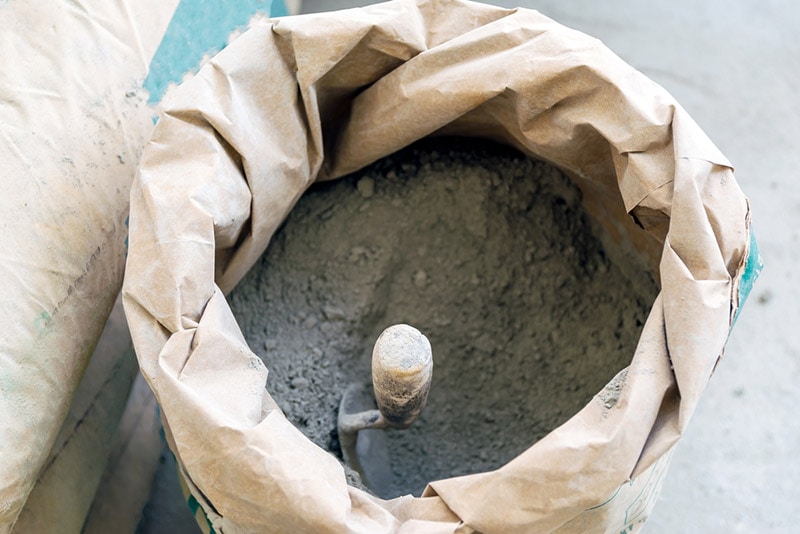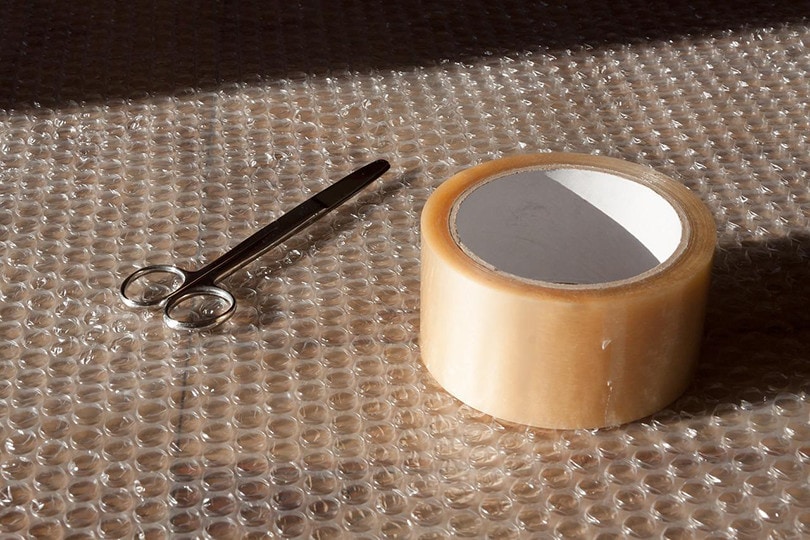How to Get Cactus Needles Out: 8 Tips & Tricks
-
Kristin Hitchcock
- Last updated:

You can’t have a cactus without its needles (most of the time, at least). While some cacti can have their needles removed to prevent them from harming passersby, this isn’t possible for all cacti and can cause injury. Therefore, if you touch a cactus, you may end up with needles in your fingers.
Luckily, these aren’t usually hard to get out. While cacti do have needles, most of them are not made to come off. Therefore, even if you touch the needles, they usually don’t come out into your skin. However, if the needles are brittle or you touch the wrong sort of cacti, you could end up with tiny, splinter-like needles in your hands.
These needles can be painful, but they can also cause infections and other complications. Luckily, there are several options for getting them out.
Removing Cactus Needles From Skin
If you have cactus spines in your skin, here are some simple tips to help remove them:
The 8 Tips & Tricks on How to Get Cactus Needles Out
1. Use Tweezers
If you can’t remove the cacti needles with your fingers, you should try with a set of tweezers. Typically, the needles won’t be all the way in your skin, so this method should work most of the time. You’ll want to remove the needles in a slow, smooth motion to prevent breaking them. Otherwise, you may end up with part of a needle stuck under the surface.
If the needles are already below the surface of your skin, you can try to push them out gently and then use tweezers to pull them the rest of the way.

2. Use Nylon
Glochids are on some cacti and differ slightly from spines. These small, hairlike structures aren’t as rigid as spines and far shorter. However, they can be irritating and difficult to remove. Luckily, these thin needles stick very readily to nylon. Therefore, to remove them, you can often use a pair of nylon stockings or another nylon object.
Simply rub the nylon over your skin gently to help pick up the needles. If you don’t have anything nylon handy, you can consider utilizing duct tape instead. It does work, but duct tape can be a bit more irritating on your skin.
3. Rubber Cement
If you really can’t get the needles out, try using rubber cement. Use a small applicator like a cotton swab to apply the cement to the affected area. Let the cement dry on your skin, and then pull back slowly and carefully. Repeat as much as necessary to remove all the needles.
The drying time will depend on the brand of cement you use. As the adhesive dries, it may be slightly painful. Plus, this method can cause skin irritation. Therefore, we don’t recommend it until you’ve tried the methods above.

4. Take Care of the Wound
After you’ve removed the needles, you’ll need to care for your wound. Typically, cacti needle wounds aren’t that bad, but they can become infected. Therefore, you’ll want to clean the area well and apply an antibiotic cream. Cover the area with a bandage to keep it clean.
Usually, you’ll want to use the same amount of care that you use for other minor injuries.
5. Visit a Doctor if Necessary
If you notice the wound getting infected or can’t remove all of the needles, we recommend visiting a doctor. You don’t want to leave the cacti needles in, as they may cause an infection. They can also move into your body deeper with movement, so visiting a doctor quickly is often in order.
Therefore, if you can’t remove the needles, visit a doctor so they can. If the needles are in a particularly sensitive part of the body like the neck or throat, a trip to the emergency room may be in order.
 Removing Cactus Needles From Clothes
Removing Cactus Needles From Clothes
Getting cacti needles in your clothes can be extremely annoying, especially if you can’t remove them easily. Here are some methods that can help you remove them from most sorts of clothing:
6. Use Duct Tape
If the needles are buried in a particular part of your clothes, you can often use duct tape to remove them. The needles will stick to the duct tape with ease, which makes them easy to remove. Often, you can remove most of the needles with duct tape or a similar adhesive.
Simply apply the tape to the affected area and then rip it off. You’ll likely need to do it multiple times, as some needles may be particularly stubborn.
7. Use a Comb
If the needles are larger, you can sometimes comb them out. Often, this works better for large chunks of cacti needles. Using a small-tooth comb is often enough to catch the needles and remove them. However, you should also use duct tape after removing the large piece of the needle, as smaller pieces will be left behind by the comb.

8. Wash Your Clothes
Finally, you’ll probably need to wash your clothes after trying the two above methods. While they will remove most of the needles, they will likely be unable to get all of them. Therefore, you’ll need to wash them in a washing machine to remove all the needles.
However, you should only wash one piece of clothing at a time. Otherwise, you may simply more cactus needles on a different piece of clothing.
Typically, a normal wash cycle works just fine but you may want to experiment with different washing cycles if your clothes don’t get clean the first time.
 Conclusion
Conclusion
Cactus needles can get extremely annoying very quickly. While some of them are rigid and easy to remove, others are too flexible to get out through normal means. Tweezers can be extremely helpful due to their small size. Often, our fingers are simply too large to grab these delicate spines.
Luckily, there are several other methods to get these needles out, as well. Duct tape can be helpful for removing needles from clothes. You can use rubber concrete or nylon to remove needles from your skin.
If severe cases, you may need to visit a doctor to have the spines removed. Leaving them in is not a good idea, as it can lead to infection. You’ll also want to care for the wound as usual after the spines have been removed.
Featured Image Credit: Popova Tetiana, Shutterstock
Contents

